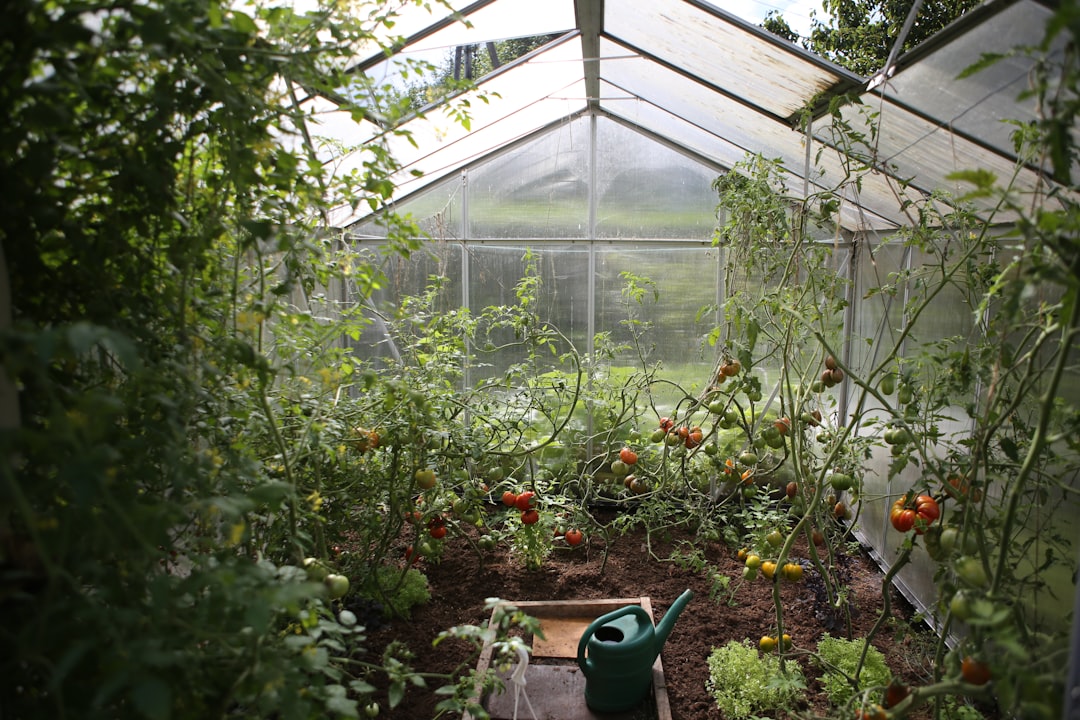The Secret to Stunning Red Twig Dogwood Stems

When it comes to enhancing the beauty of your garden, few plants can rival the charm of the red twig dogwood. With its vibrant red stems that stand out especially during the winter months, it adds a splash of color to an otherwise dull landscape. However, to truly make the most of its visual appeal, regular pruning is essential.
Red twig dogwood, scientifically known as Cornus sericea, is a deciduous shrub that is native to North America. It is well - adapted to a variety of soil types and can tolerate both full sun and partial shade. This makes it a versatile choice for many gardeners. But what really sets it apart is its bright red stems, which are most vivid on new growth.
Pruning red twig dogwood serves multiple purposes. Firstly, it encourages the growth of new stems. As the shrub ages, the older stems tend to lose their intense red color. By removing these older stems, you stimulate the plant to produce new growth, which will have the characteristic vibrant red hue. This not only makes the plant more visually appealing but also helps maintain its overall health.
Secondly, pruning helps control the size and shape of the red twig dogwood. Without proper pruning, the shrub can become overgrown and unruly. It may start to encroach on other plants in the garden or block pathways. By selectively removing branches, you can keep the shrub in a more manageable form, ensuring that it fits well into your garden design.
So, when is the best time to prune red twig dogwood? The ideal time is in late winter or early spring, just before new growth begins. At this time, the plant is still dormant, and pruning will cause less stress. It also allows you to clearly see the structure of the shrub without the foliage getting in the way. When pruning, use sharp, clean pruning shears to make clean cuts. This reduces the risk of disease and promotes faster healing of the wounds.
To start the pruning process, begin by removing any dead, damaged, or diseased branches. These branches not only detract from the appearance of the shrub but can also harbor pests and diseases. Next, look for the oldest stems. These are usually the thickest and darkest in color. Aim to remove about one - third of the oldest stems at the base of the plant. This will encourage new growth from the roots.
You can also thin out any overcrowded areas of the shrub. This improves air circulation, which is important for preventing fungal diseases. When thinning, remove branches that are crossing or rubbing against each other. This helps to create a more open and balanced structure.
After pruning, it's important to take care of the red twig dogwood. Apply a layer of mulch around the base of the plant to help retain moisture and suppress weeds. Water the shrub regularly, especially during dry periods. You can also fertilize it in the spring with a balanced fertilizer to promote healthy growth.
Red twig dogwood can be used in a variety of garden settings. It looks great in mass plantings, where the collective red stems create a striking visual display. It can also be used as a specimen plant, standing alone as a focal point in the garden. Additionally, it can be planted along the edges of a woodland garden or near a water feature, adding a touch of color and texture.
In conclusion, regular pruning of red twig dogwood is the key to achieving the most vibrantly - colored stems. By following the proper pruning techniques and providing the right care, you can enjoy a beautiful and healthy red twig dogwood in your garden for years to come. Whether you're a seasoned gardener or just starting out, this shrub is a wonderful addition to any landscape, offering both aesthetic appeal and ecological benefits.